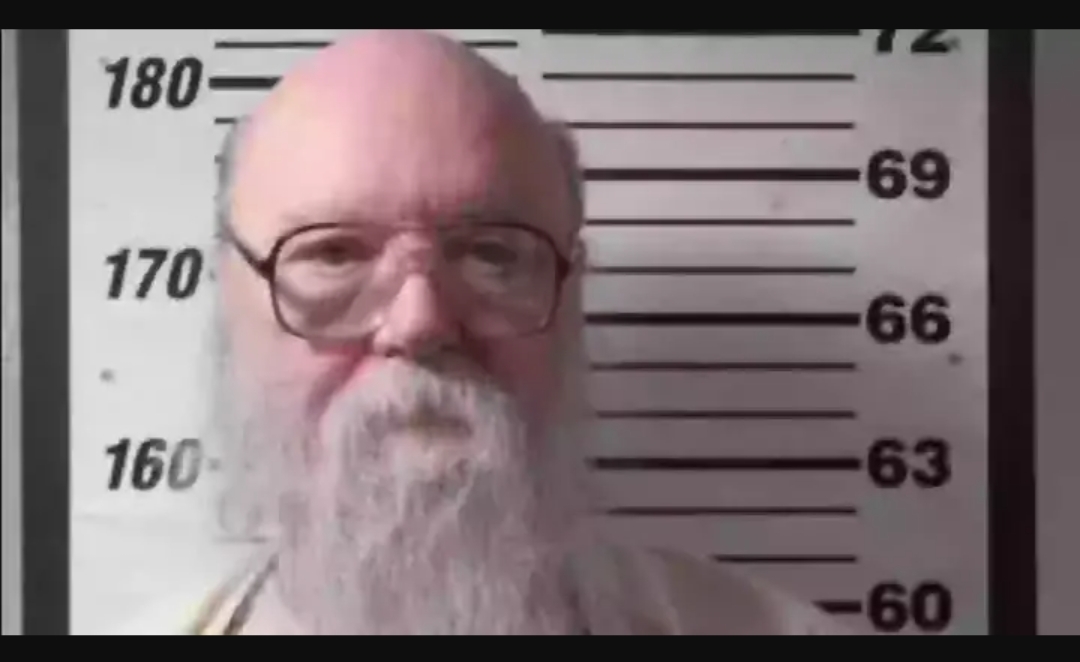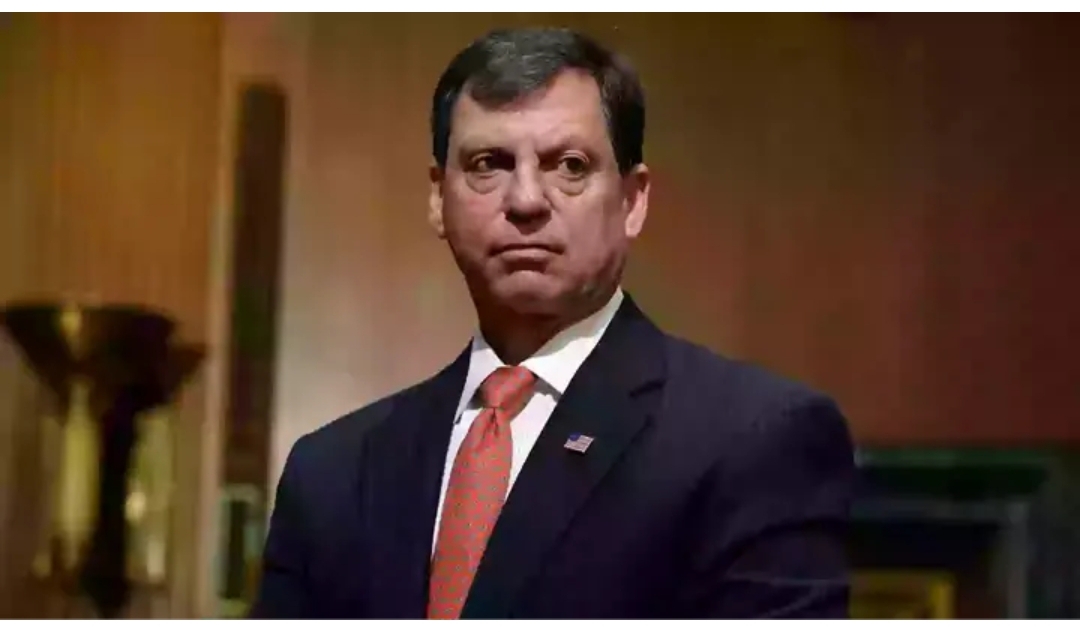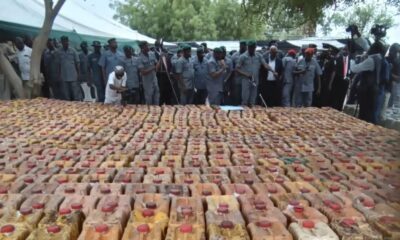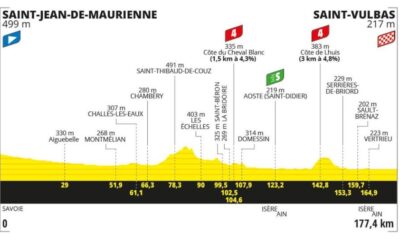Background
On the 27th of May, 1967, General Yakubu Gowon promulgated decree number 14 which created 12 states (six in the north and six in the south) out of the former four regions in Nigeria. Governor of the Eastern Region, Colonel Chukwuemeka Odumegwu Ojukwu, saw this creation of states (without consultation) as a breach of the 1967 Aburi Accord.
This rubbed salt to the political and ethnic wounds the country has been nursing long before independence. Following the creation of states, Col. Ojukwu considered the seven-point resolution of the Eastern Assembly and the Advising Committee of Chiefs and Elders which mandated him to declare the secession of the Eastern Region from the Federal Republic of Nigeria…Click Here To Continue Reading>> …Click Here To Continue Reading>>
Eventually, on the 30th of May, 1967, Col. Ojukwu declared the independent Republic of Biafra and this immediately set the stage for war, the Nigerian civil war.

How The Asaba Massacre Happened
It was during the Nigerian civil war, also known as the Biafran war, that the Asaba massacre was perpetrated. This was from the 5th to 7th of October 1967.
In August 1967, two months before the Asaba massacre, a division of the seceded Eastern Region (Biafra) army led by Lieutenant-Colonel Victor Banjo occupied Benin in the Midwestern Region of Nigeria.
The Biafran army (also called Liberation Army) wanted to use Benin as a launching ground for the invasion of Ibadan and Lagos but unfortunately for them, the proposed invasion failed due to reasons connected to the newly promoted Lieutenant Banjo. Lieutenant Banjo wanted to secure Benin in good hands before proceeding to Ibadan so he would not be suddenly cut off from Biafra. (Ademoyega 1981)

Banjo’s failure gave the Federal (Nigerian) troops an opportunity to recapture Benin and drive Biafran army out. They chased the Biafran army into Asaba and then into Onitsha. After the Biafran army crossed into Onitsha, they blew up a part of the Onitsha bridge making it impossible for the Federal troops to continue the chase. READ FULL STORY HERE>>>CLICK HERE TO CONTINUE READING>>>
It was at this point that the people of Asaba met their ill fate. The Nigerian army second division led by Col. Murtala Muhammed turned back to Asaba and killed many people, ransacked their houses and perpetrated other war crimes on the claim that the victims were Biafran sympathizers. This happened on the 5th of October, 1967.

Knowing things could go worse, on the 7th of October, two days after the federal troops arrived in Asaba, the people of Asaba organized a dance to show their support for One Nigeria. Men and women, boys and girls all danced in their Akwa Ocha (white) attire and repeatedly showed the intention of the dance.
Unfortunately, the federal troops turned the dance into a bloody one. They separated men from women and killed the men. Many sources have it that the troops led by Col. Murtala Muhammed and Col. Ibrahim Taiwo oversaw the aspect of adult male killings.

Asaba stank with blood and dead bodies which were later pilled up and buried in a mass grave. None of the dead could be given a proper burial with necessary funeral rites. Up to 1000 people lost their lives in the Asaba massacre. A source claimed that younger girls were raped and the recalcitrant ones were shot dead.
A video which documented the Asaba Massacre of 1967 showed one of the lucky survivors, Patience Chukwura who was then a young mother pregnant with her fourth child as she narrated how her husband, Eddie, was killed. Her father-in-law and two brothers-in-law were also murdered in cold blood.
Many citizens of Asaba fled their homes and did not return until the Nigerian civil war ended in 1970. Below is a video documenting the Asaba massacre by S. Elizabeth Bird and Fraser Ottanelli in 2013. In this video, witnesses of the Asaba massacre recounted their horrible experiences and losses.




















